Tourism
Bird migration patterns amaze the world
October 11 this year will have Kampalans who converge at Uganda Museum at dawn before driving to Mabira Forest in Buikwe district, Makerere University, Sheraton Kampala Gardens or Ndere Troupe Centre in Kampala city.
Bird migration patterns amaze the world
By: Titus Kakembo, Journalists @New Vision
__________________
This weekend is the annual Big Birding Day, an event that attracts hundreds of participants, both local and international, competing to spot the biggest number of different species within 24 hours.
October 11 this year will have Kampalans who converge at Uganda Museum at dawn before driving to Mabira Forest in Buikwe district, Makerere University, Sheraton Kampala Gardens or Ndere Troupe Centre in Kampala city.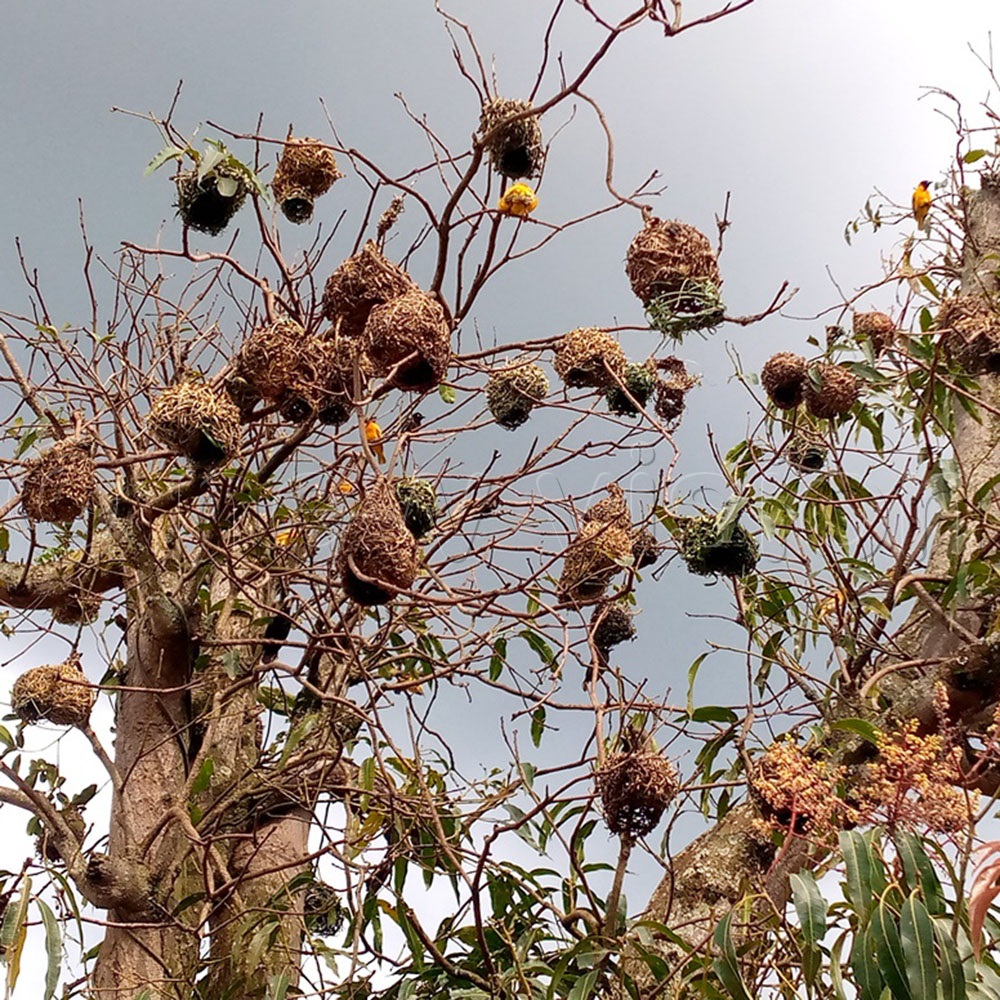
“It’s like a marathon for bird lovers. But it also raises awareness about conservation and the importance of protecting habitats. Besides the Christmas turkey, roadside chicken roast in Mabira Forest, birds mean more to our lives. Some could just be heard, identified and logged,” Herbert Byaruhanga, a seasoned birder, says.
This is at a time when birds continue to be biological wonders; it is a tourism magnet, a conservation challenge, and a reminder of the delicate balance of the shared ecosystems.
The air always fills with chirps, squawks, tweets and songs from feathered visitors escaping the harsh winters of Europe and Asia. They nest in the shimmering wetlands of Mabamba Bay, Kidepo Valley National Park, mountains, forests and in the tranquil waters of Lake Victoria.
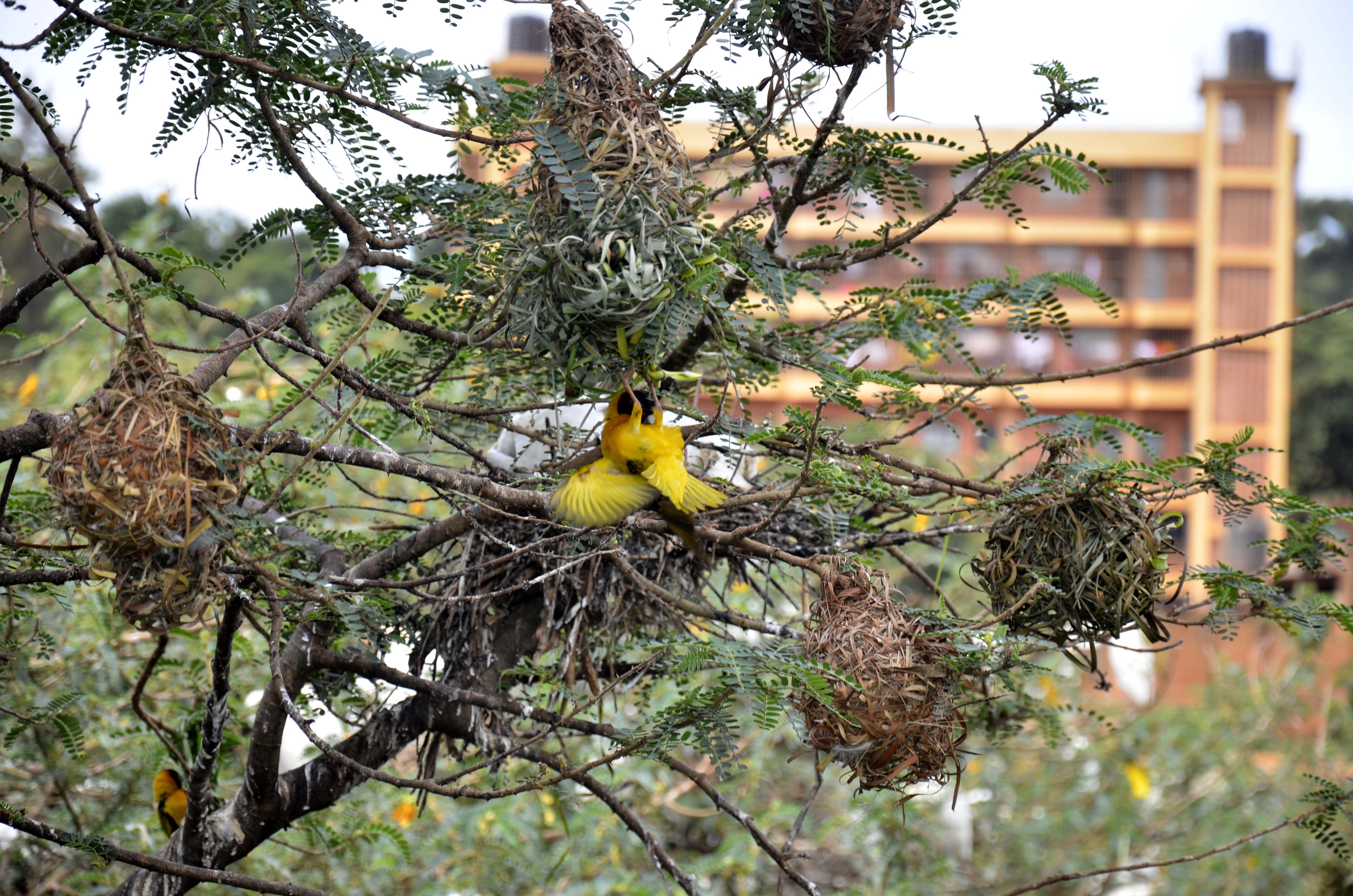
Weaver birds and Cattle Egrets that live in trees. (Photo By Isaac Nuwagaba)
“On top of the diverse habitat, Destination Uganda happens to be part of their flight plan pathway. Some of them stop to rest, feed, or refuel before continuing to other destinations. The variety of habitats like mountains, water bodies, wetlands and forests act as service stations/or health break spots in their long intercontinental flight,” Dr Achilles Byaruhanga, the executive director of Nature Uganda, says.
Migration corridor
This is because Uganda happens to lie along their East African Flyway, which is one of the world’s major migration corridors stretching from northern Europe and Asia down to southern Africa. Each year, between August and April, the Pearl of Africa hosts more than 250 migrant bird species. Among them are the graceful White Storks, the acrobatic Barn Swallows, the Common Sandpipers, and the vibrant Blue-cheeked Bee-eaters.

They nest and dine in the papyrus swamps of Lutembe Bay, the woodlands of Queen Elizabeth National Park. This diversity of habitats offers sanctuary to birds from as far as Siberia, Scandinavia, and the Middle East.
“Some species fly over 10,000 kilometres (equivalent to travelling from Kampala to New York) without losing their sense of direction,” he adds.
Byaruhanga explains that scientists believe birds navigate using a combination of the sun, stars, magnetic fields, waterbodies and mountains and even the scent of the earth. Some, like the Bar-tailed Godwit, can fly nonstop from Alaska to New Zealand – more than 11,000 kilometres - without a single break! It is the longest recorded nonstop flight of any bird on planet Earth.
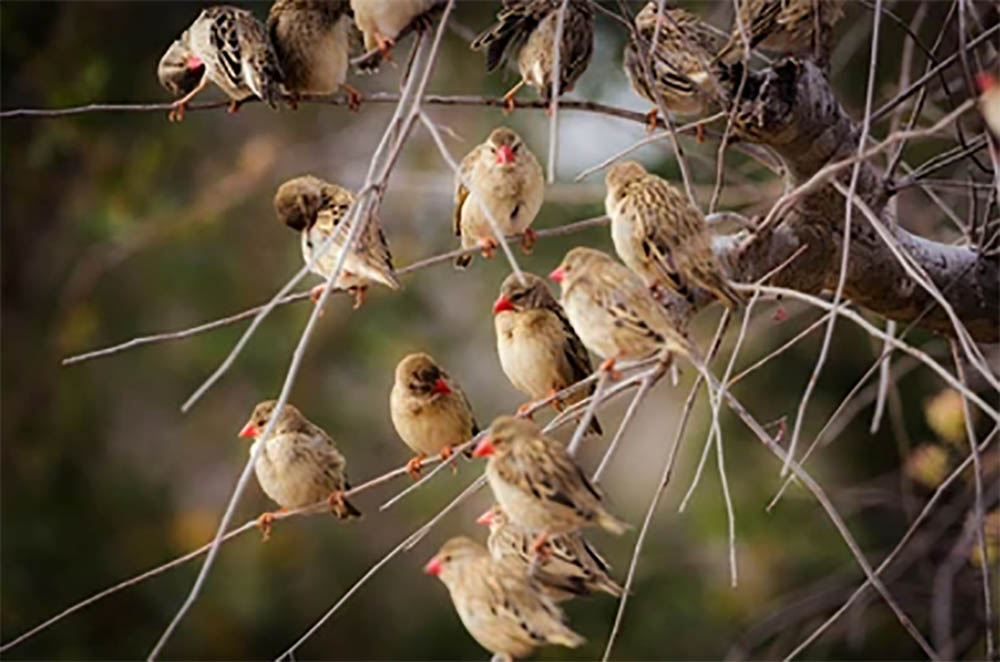
Fortunately for birders, technology has lately uncovered the secrets of these feathered migrations. Tiny GPS trackers, now light enough to attach to a sparrow’s leg, are revealing detailed flight paths, stopovers, and even sleeping patterns during long flights. Scientists have discovered that some species rest one side of the brain at a time while flying - literally sleeping on the wing. It is like sleeping with one eye.
In Uganda, the Great White Pelican and the Eurasian Marsh Harrier are regular visitors that trace the Nile Basin as their guiding route.

“They follow rivers, mountain ranges, and coastlines as natural landmarks. It’s a blend of instinct and environmental cues perfected through evolution,” explains ornithologist Sarah Nyangoma.
A boon for tourism
For Uganda, bird migration isn’t just a scientific curiosity - it’s a tourism goldmine. Birdwatchers from Europe, America, and Asia are flocking to the Pearl of Africa every year, binoculars in hand, to stalk birds in their habitats.
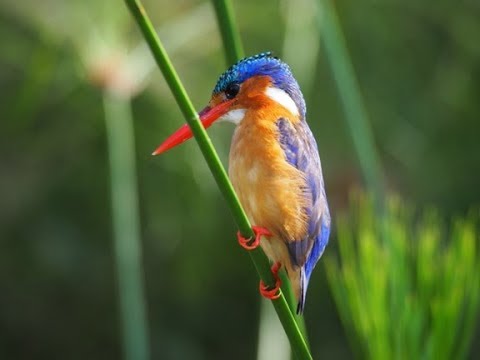
“Uganda is home to over 1,100 bird species, nearly half of Africa’s total,” notes Juliana Kagwa, CEO of the Uganda Tourism Board.
“Our location makes us an all-year-round birding destination, and the migratory season adds even more excitement. Communities have fairy tales with birds featuring prominently. Lake Bunyonyi (lake of little birds) and Wa ndegeya (place of weaver birds) owe their naming to the presence of birds there. The Crested crane is our National Bird,” says Kagwa.
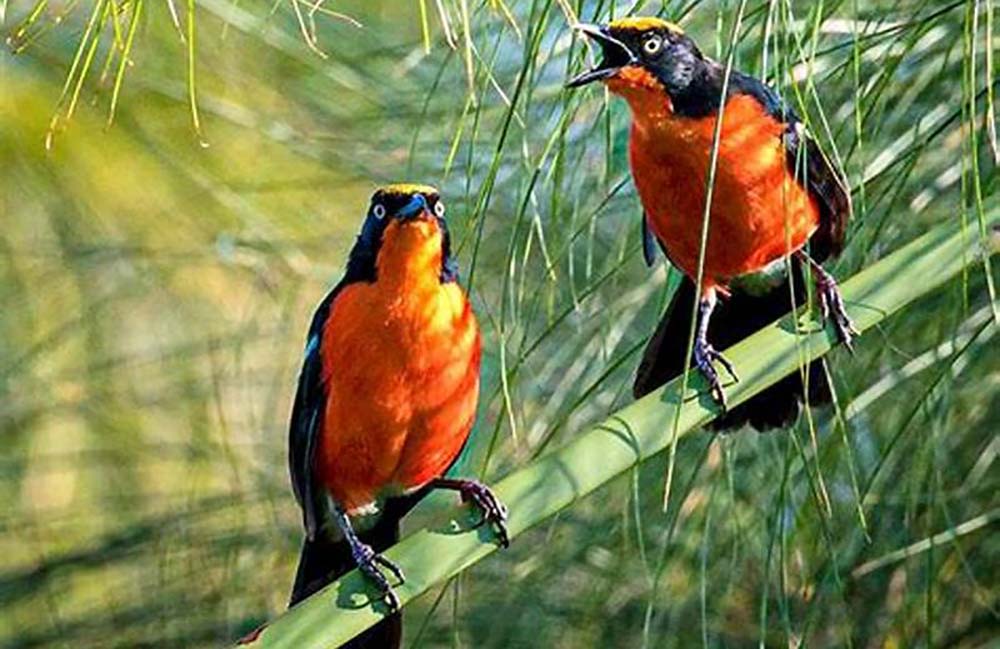
Lately, sites like Mabamba Bay (home to the elusive Shoebill), Murchison Falls National Park, and the Kazinga Channel in Queen Elizabeth National Park rank high on global birding itineraries. Local communities are tapping into this niche by offering guided tours, canoe trips, and eco-lodges that cater to bird enthusiasts.
Conservation challenges
Yet, this delicate natural drama faces growing threats. Wetland reclamation, deforestation, pollution, and climate change are shrinking the safe havens that migratory birds depend on. Every drained swamp or felled tree along the flyway could mean the loss of a vital resting point.

“Some migratory species have declined by as much as 40% in the past two decades. They arrive to find that the wetlands where they used to feed are now rice fields or housing estates,” warns Nyangoma.
Climate change adds another layer of complexity. Altered rainfall patterns disrupt food availability, while rising temperatures shift breeding and migration timing. Birds that once synchronised their journey with the blooming of flowers or the hatching of insects now arrive too early or too late, upsetting the delicate ecological balance.
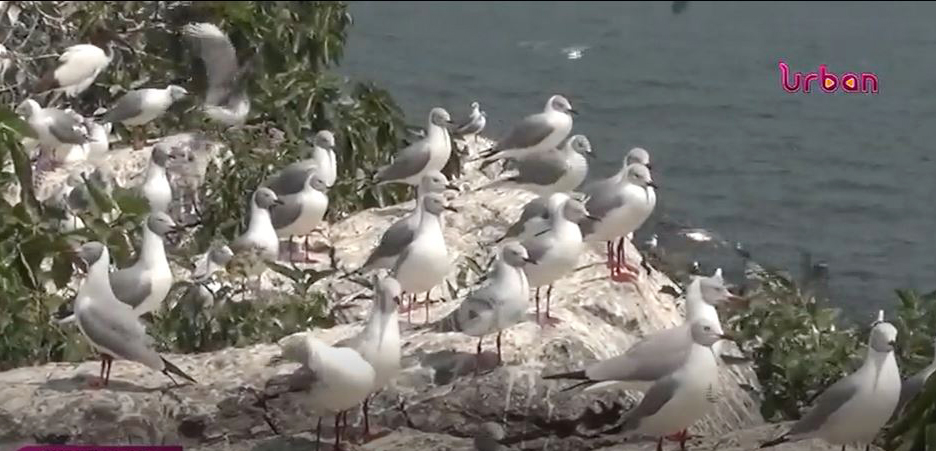
Despite the challenges, conservationists remain optimistic. Community-based initiatives like those supported by Nature Uganda, the Uganda Wildlife Authority (UWA), and BirdLife International are empowering locals to protect wetlands as sustainable resources.
In Lutembe Bay, for instance, youth groups now engage in eco-tourism and papyrus craft enterprises that earn income while preserving bird habitats. In Queen Elizabeth National Park, rangers and community scouts monitor key migratory routes to prevent poaching and encroachment.
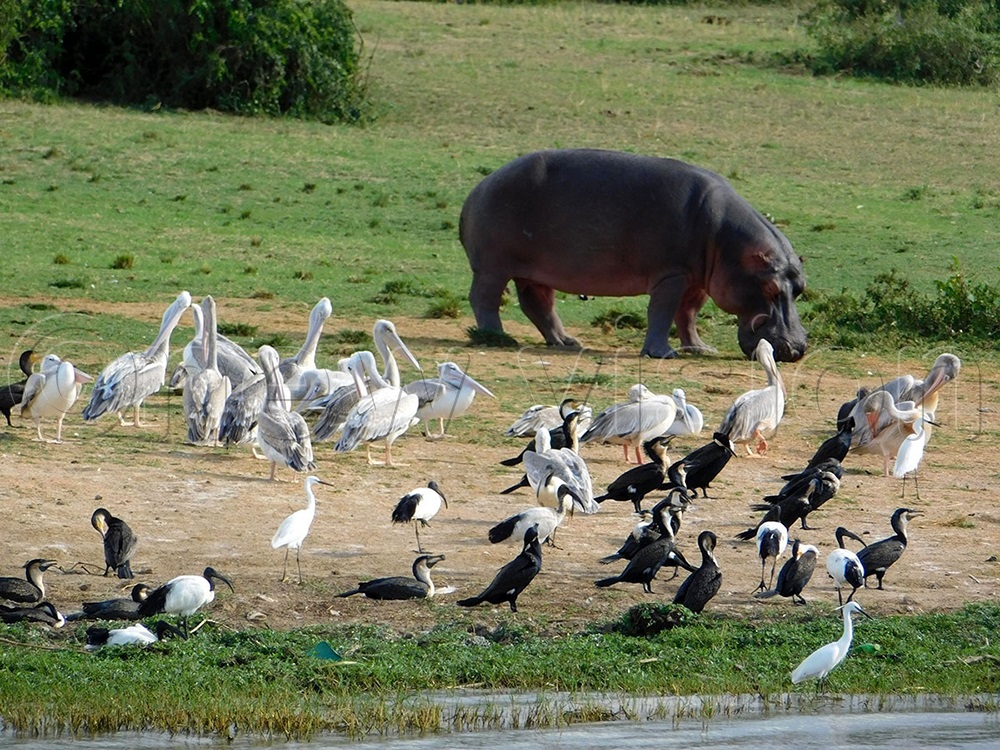
Uganda’s participation in international frameworks such as the African-Eurasian Migratory Waterbird Agreement (AEWA) also reinforces its commitment to global bird conservation.
The miracle in motion
As dawn breaks over Lake Victoria, the silhouettes of birds fill the horizon - flapping, gliding, and diving in perfect rhythm. To the casual eye, it is a serene sight; to scientists, it is an ancient choreography of survival; to birders, a dream come true.

And as these feathered travellers continue their timeless voyage across continents, they remind humanity of its shared responsibility: that protecting one small wetland in Uganda safeguards a journey that connects the entire planet.
Their flights may be silent, but their message echoes loudly - across oceans, seasons, and generations.